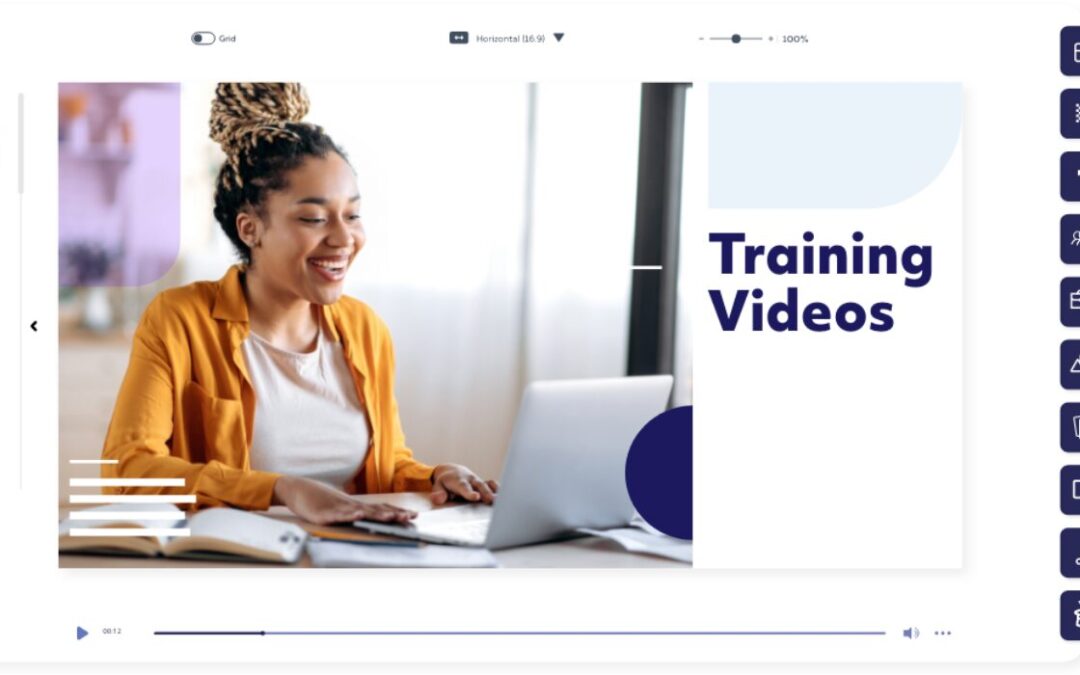Where do you go when you need to learn to do something? For me, it is AI, TikTok or You Tube…Hands-down, 100% of the time. You?
Short-form video isn’t just for TikTok dances and YouTube shorts anymore—it’s shaping the way we learn in 2025. As attention spans shrink and learners expect content that’s both engaging and efficient, instructional designers and trainers are finding powerful ways to use short videos in their courses and programs.
Here are five ways short-form video is transforming learning:
- Just-in-Time Learning: Learners want answers in the moment of need. A 60-second video walking through a software click-path or a quick compliance tip can save hours of searching and frustration.
- Microlearning that Sticks: Short-form videos naturally lend themselves to microlearning. Instead of sitting through a 30-minute eLearning module, learners can consume knowledge in snackable pieces, reinforcing retention and reducing overwhelm.
- Increased Accessibility: Closed captions, visuals, and quick pacing make short videos accessible for diverse learning needs. When paired with transcripts or step-by-step guides, they become inclusive learning assets.
- Blending Formal and Informal Learning: Short-form videos easily integrate into formal training programs and informal learning channels like Slack, Teams, or Yammer. They’re the perfect bridge between structured courses and the flow of work.
- Boosting Engagement and Motivation: Let’s be honest, short videos are fun. They bring in storytelling, visuals, and sometimes humor. When learners are smiling or nodding along, they’re far more likely to retain the information.
Why Traditional Learning Needs to Catch Up
Here’s the reality: the way we’ve always done learning isn’t working anymore. People are already learning daily on TikTok and YouTube, in quick, snackable formats that remove barriers and deliver value fast. Compare that with many corporate learning systems—unfriendly LMSs, endless clicks just to get to one resource, and training that drags on far longer than it needs to.
I’ve seen (and yes, even built) 30-minute, 45-minute, 1-hour—and once, even a 2-hour eLearning module. But let’s be honest: just because someone’s butt is in a seat for two hours doesn’t mean they learned a damn thing, much less changed their behavior.
It’s time to stop equating seat time with learning. I thought we had moved passed this, but I am still seeing it across corporate America. Instead, we need to design content that reflects how people actually learn today: quickly, on demand, and with minimal friction. Short-form video isn’t the only answer, but it’s a powerful step toward rethinking our outdated models.
👉 Let’s look around us, learn from the platforms people are already using, and challenge ourselves to design learning that is accessible, engaging, and behavior-changing—not just time-filling.
Want a resource? Check out our session from last week with a 7-Day Trial at #IgniteLearningTM: Creating Quick Videos in Canva: Fast-track Creating Learner-Friendly Microvideos.

